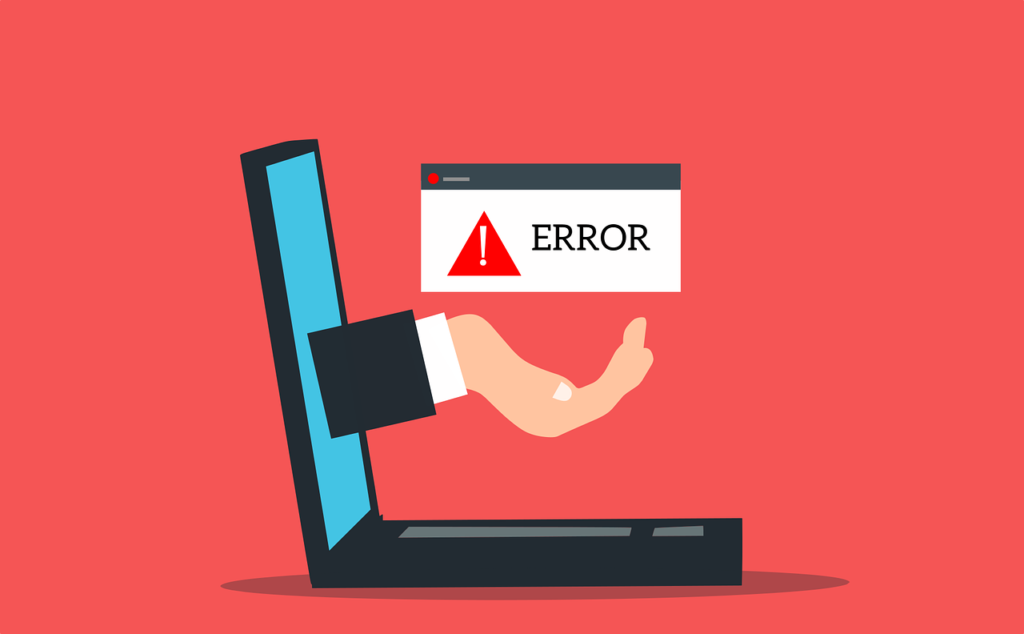Software failures have been plaguing global organizations recently with the likes of the health sector, aviation and even the US Government’s prison service falling foul to major IT issues.
In 2016 alone, software failures caused a loss of $1.1 trillion to businesses and with no sign of the problem abating, it is time for business leaders to pay attention to the main reasons behind IT system failures or risk financial loss and reputational damage.
The most prevalent reasons behind software failures include:
- Cyberattacks
- Human error
- Legacy IT
- Power surges
- Software bugs
- Poorly tested software updates
- High volume of network traffic
Recognizing The Enemy
As organisation’s IT systems increase in complexity, it is essential that quality assurance is prioritized above all else.
Cybercriminals brought organizations to their knees by exploiting poor security protocol and targeting legacy IT systems, a popular target for skilled hackers.
In fact, a recent government survey revealed nearly half of British businesses discovered at least one cybersecurity breach or attack in the past year, increasing to two-thirds among medium to large businesses.
It’s no longer a matter of if a business suffers a data breach, it’s how far reaching the effects will be and how they can be managed most effectively.
Threats From All Angles
The threats to organizations don’t stop there though. Software failures can lead to major financial, reputational and operational repercussions.

Smart home products have recently suffered from software bugs after an update drained the entire battery, leaving users relying on the technology to heat their homes, literally in the cold.
Worryingly advanced military technology is even susceptible to the dangers of software failures. In an area where cutting edge technology is the difference between success and failure, software issues simply are not acceptable.
Despite this, a fighter jet, reportedly riddled with software issues, had a software bug in its radar device so severe that the pilot was required to turn it off and on again in-flight to reboot the system.
Clearly, this poses problems to the pilot who had to concentrate on remediating software faults, rather than the potentially dangerous job at hand.
While faults such as these directly impacted the user, software failures can impact an entire country’s economy.
As such, the financial sector is particularly reliant on cutting edge technology to input algorithms that control the financial market, and is therefore especially vulnerable to system failures.
In fact, banks continue to be placed under scrutiny after facing regulatory fines for IT failures delaying customers receiving their pay cheques, direct debits going ‘missing’ and outages caused by high volumes of network traffic.
Don’t Bury Your Head In The Sand
Clearly, IT system failures can affect all sectors and often have negative personal, economic or safety implications.
Organizations, both in the private and public sector, must follow basic IT system hygiene when it comes to ensuring software quality and preventing serious system failures.
Nobody can afford to bury their heads in the sand in the digital age, and they certainly can’t ignore basic business IT protocols. Quality must be prioritized.
Thankfully, businesses can take steps to mitigate risks by ensuring quality assurance practices are employed throughout product lifecycles and internal processes to improve business agility.
This means quality must be the key consideration right from the moment of conception, in conjunction with the use of robotic process automation (RPA) to reduce the impact of human error.
The more prominent global IT failures become, the more organisations must accept that this is a problem that will not just go away. Software failures will increase in 2018 if the issue of quality is not addressed.
The financial implications are set to change the landscape of software failures, particularly for companies as General Data Protection Regulation (GDPR) comes into play next year.
GDPR will make data protection a legal requirement for organizations, who could face fines of up to €20 million or 4% of their annual turnover, depending on which is higher, if they have not appropriately protected customer data.
Perhaps more worryingly for organizations though is the reputational damage IT failures can cause. By prioritizing quality and taking a quality first approach, businesses can be sure they are doing everything in their power to avoid IT system failures and remain competitive.